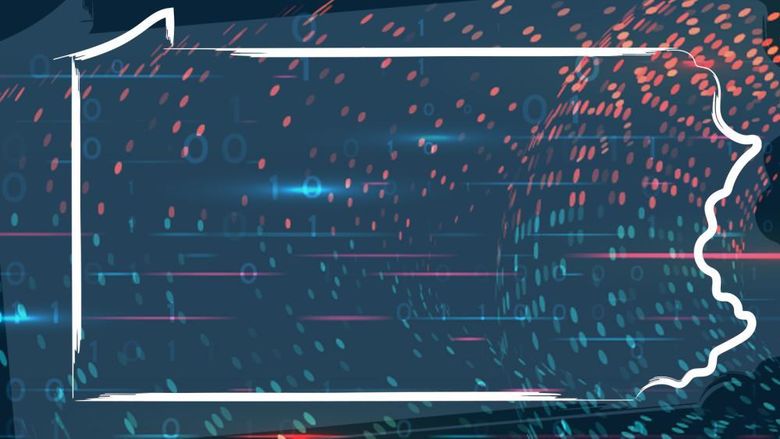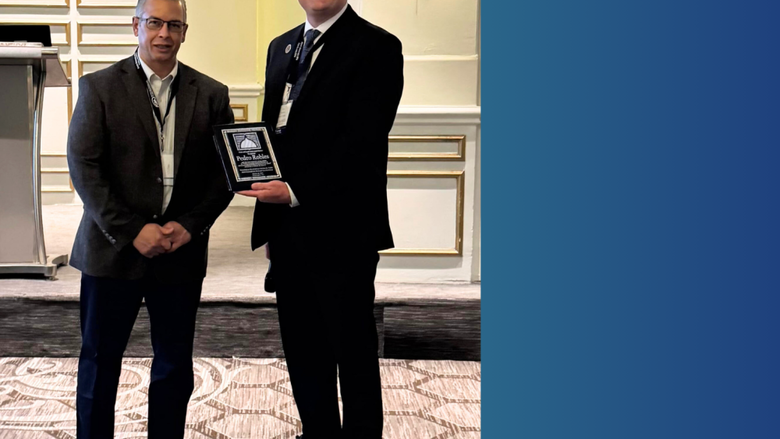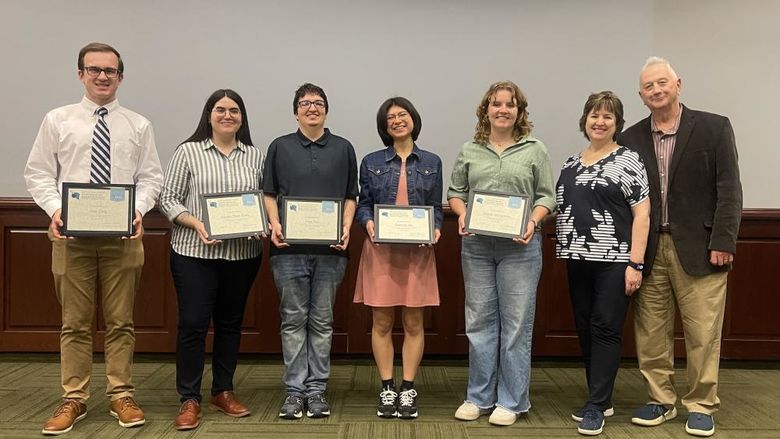
John Haddad, professor of American studies at Penn State Harrisburg, has published a book that examines why American missionaries in China transformed from a soul-saving movement to one that built institutions of higher learning around the start of the 20th Century.
MIDDLETOWN, Pa. — John Haddad, professor of American studies at Penn State Harrisburg, has published a book that examines why American missionaries in China transformed from a "soul-saving" movement to one that built institutions of higher learning around the start of the 20th Century.
Haddad developed an interest in America’s historical contact with Asia while he was teaching in China and Japan in the 1990s. His newest book, published in January, is his third on the historical relationship between China and America.
In “Cultures Colliding: American Missionaries, Chinese Resistance, and the Rise of Modern Institutions in China,” Haddad looks at how American missionaries who journeyed to China starting in 1860 to spread the Gospel ultimately changed course to modernize China through the establishment of schools, colleges, hospitals, museums and even YMCA chapters.
In this Q&A, Haddad shares more about the book and how it builds from his earlier work.
Q: What was the inspiration or impetus for writing the book?
Haddad: Like many researchers, I like to start a project with a question and then see if I can find the answer. With this book, it was my past experience teaching in Chinese colleges that prompted the question. When I lived in China, I was struck by how many Chinese universities and medical schools had been founded by American missionaries around or after 1900. Examples include Beijing University, Qinghua University and the Peking Union Medical College. While these institutions fascinated me, they also perplexed me because my past research had suggested that missionaries before 1875 focused exclusively on “saving souls.” They believed — quite emphatically! — that they should devote their energy toward delivering street sermons, securing converts and training Chinese ministers. None of them had any intention of, say, founding a college, teaching chemistry or coaching basketball. So, there is the research question: Why did the missionary movement completely transform itself just before 1900?
Q: You have written two other books that examine aspects of America and China throughout history. How does this new book compare — does it build off of those or take a new direction?
Haddad: Yes, it does build off the earlier two books. My first book, “The Romance of China: Excursions to China in U.S. Culture, 1776-1876,” published in 2008, is based on my doctoral dissertation. It explores all the ways that Americans learned about China during the first 100 years of the United States. The book examines images on porcelain plates imported from China, tea advertisements, large Chinese museums, children’s textbooks, popular travelogues, missionary accounts and exhibitions of Chinese people. Hard to believe, but before the Gold Rush and the start of Chinese immigration out West, people would pay to see Chinese people in Boston, Philadelphia and New York.
If the first book is about how Americans perceived China, the second book is about what Americans were actually doing in China. “America's First Adventure in China: Trade, Treaties, Opium, and Salvation,” published in 2013, tells the story of how the United States and China first got to know each other. Specifically, it covers the first American merchant vessel to reach China after the Revolutionary War, the many traders hoping to buy tea and silk who followed, the early missionaries in China, the opium smugglers and the officials who forged treaties with China. This book ends in the 1870s, which is where “Cultures Colliding” starts. So, I am slowly but surely working my way through the 19th century and into the 20th.
Q: What do you hope readers take away from this book?
Haddad: I hope that readers take away that the large American presence in China — schools, colleges, hospitals, medical schools, schools for blind, YMCA branches, etc. — was not the inevitable result of a strong missionary movement successfully imposing its will on the Chinese. Instead, missionaries erected these institutions only after their evangelism had largely failed. Missionaries faced fierce and often violent resistance. It was the missionaries’ failure and weakness, not their success and strength, that compelled them to experiment with the new strategy of institution-building. They hoped that they could attract Chinese to Christianity by offering free education and medical services and so on. In the end, missionaries only succeeded modestly with their Christian objectives — many Chinese accepted the free education but rejected the religion. However, the institutions of higher learning that missionaries founded flourished. Many are still around today. They contributed to China’s modernization in the 20th century.
Q: Can you share a little about what drives your interest in this subject?
Haddad: I was driven by the stories I found while researching. Missionaries appear to us across time as rather rigid and austere characters. They don’t seem like the type of people who would generate riveting reading material. But these missionaries turned out to be fascinating, as did the Chinese who either joined them or fought them tooth and nail.
For example, when missionaries attempted to plant Christianity in the Chinese countryside, they confronted deeply-rooted vernacular religions that utterly baffled them — belief systems based on gods, ghosts and demons. As I was reading missionary accounts, one topic kept coming up: demon possession. I eventually decided to devote a whole chapter to this topic. That chapter takes readers into remote rural villages where Jesus and demons battle for the hearts and minds of the people. Some Chinese converts, to prove the superiority of their new Christian faith, did something quite bold and without the sanction of missionaries — they conducted exorcisms. I read accounts from remote villages where Chinese Christians were shouting lines at supposedly possessed people that might have come straight out of the 1973 horror classic “The Exorcist.” My point is that when Eastern and Western cultures collided in rural China in the late 1800s, the friction generated a lot of compelling stories that, I think, make for fun reading.
This Q&A is part of a series in which Penn State Harrisburg faculty will share their expertise on various topics.





